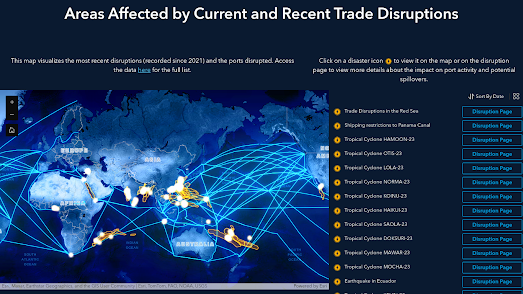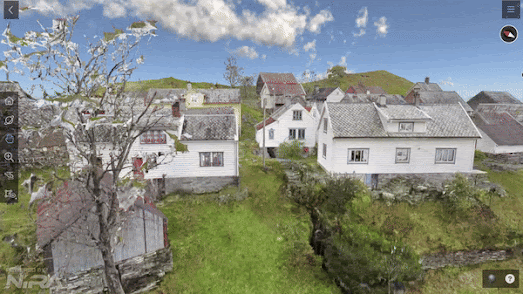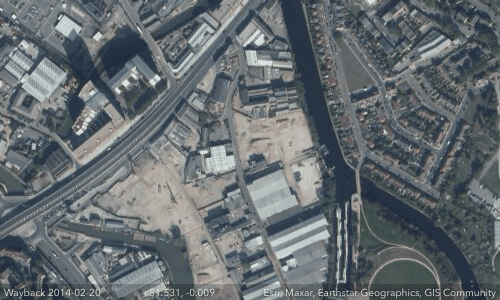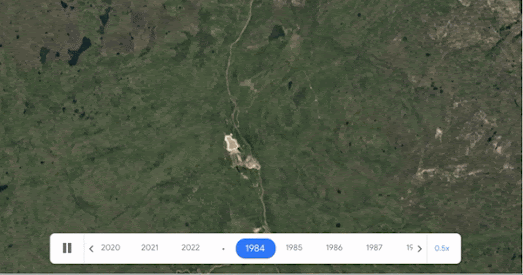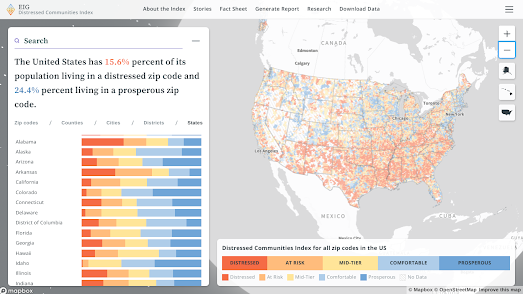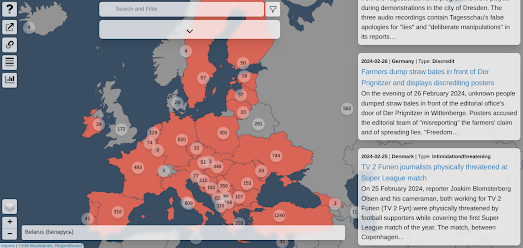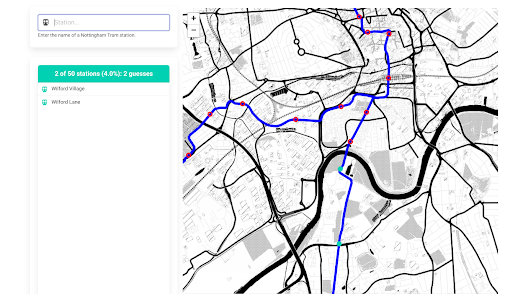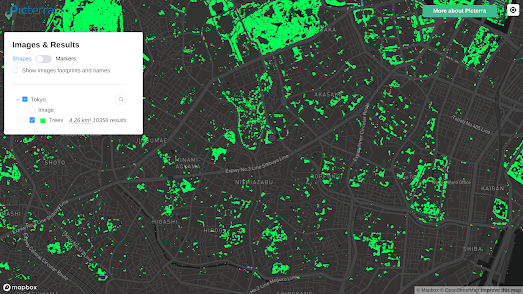Today, a revolutionary new AI-powered map has been released that goes beyond traditional navigation. The new map-based search engine Highly Artificial Locations leverages cutting-edge artificial intelligence to transform how users experience and interact with the world around them.
Highly Artificial Locations is more than just a map; it’s an intelligent companion that empowers users to explore and understand their surroundings like never before.
This AI-Powered Map Offers Unprecedented Features:
AI-Powered Search: Ask Highly Artificial Intelligence any question. The question could be related to geography or local knowledge but you can ask the map just about anything you want. Search for landmarks, hidden gems, local businesses, historical sites, or even the best places to find a specific type of cuisine.
Real-Time Updates: Highly Artificial Intelligence utilizes real-time data to keep users informed about traffic conditions, business hours, and even public transportation schedules.
Hyper-Personalized Recommendations: Based on user preferences and past behaviors, Highly Artificial Locations suggests points of interest, hidden gems, and alternative routes tailored to its understanding of your individual needs.
But don't just take my word for it. Go ahead and ask Highly Artificial Locations some questions and discover for yourself the future of map and location search.
FYI: Highly Artificial Locations gives oral responses so be sure to turn on your speakers.















